9 Essential Tips for Maintaining Your Electrical Breakers
Electrical breakers are a vital component of any modern electrical system, functioning as the first line of defense against overloads and short circuits. Proper maintenance of these devices not only enhances their performance but also ensures the safety of your home and the longevity of your electrical system. Unfortunately, many homeowners overlook the significance of routine inspections and care for their electrical breakers, which can lead to dangerous incidents and costly repairs. In this blog, we will explore nine essential tips that will help you maintain your electrical breakers effectively. From understanding when to replace them to recognizing the signs of malfunction, our guide aims to equip you with the knowledge needed to safeguard your electrical system and enjoy peace of mind in your living space.
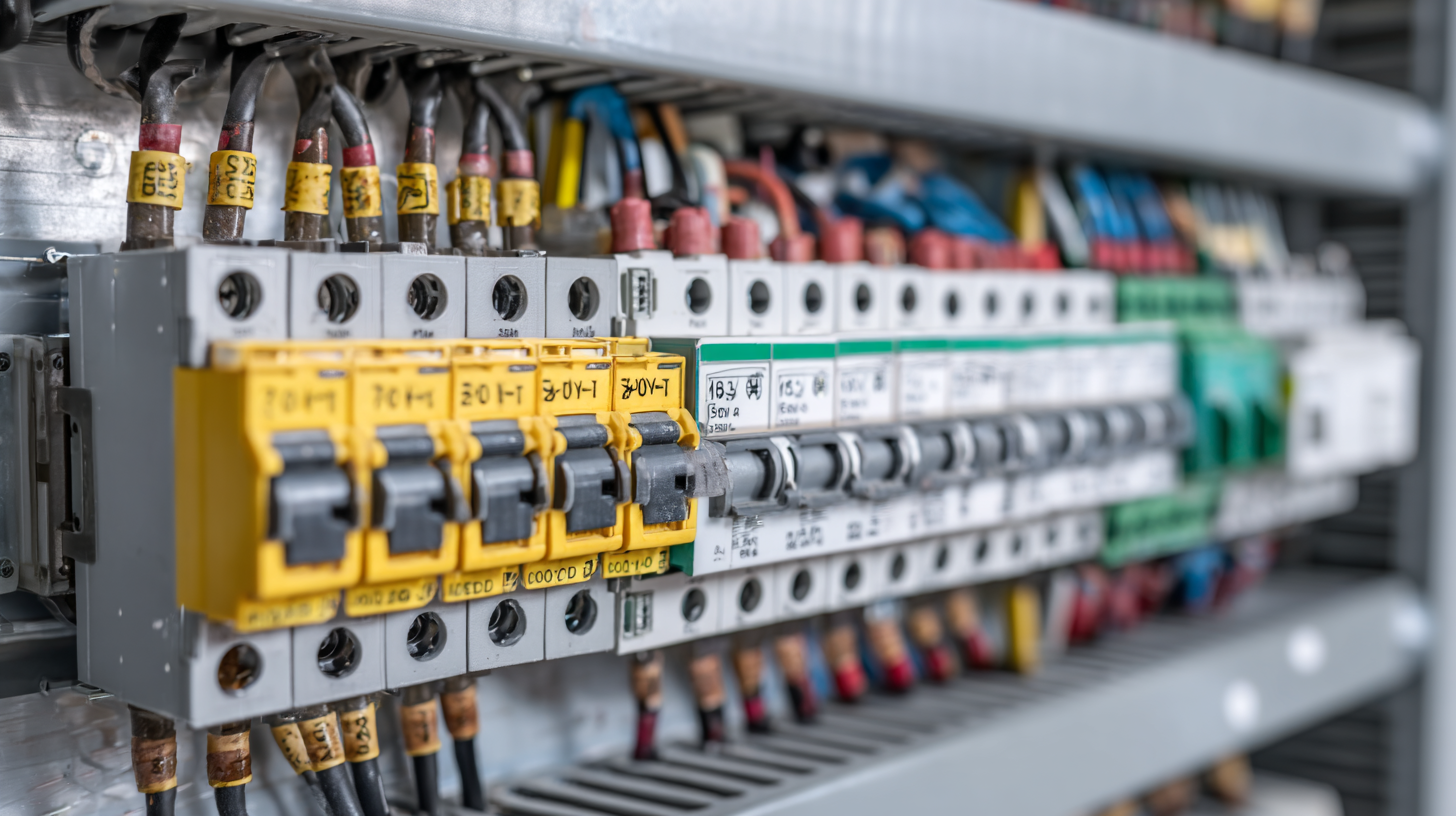
Whether you’re a seasoned DIY enthusiast or a beginner, these tips will serve as your roadmap to achieving a safer and more reliable electrical environment.
Understanding the Role of Electrical Breakers in Home Safety and Efficiency
Electrical breakers play a crucial role in ensuring the safety and efficiency of our homes. They act as the first line of defense against electrical overloads that can lead to fires or damage to electrical appliances. When the electrical current exceeds safe levels, breakers trip, cutting off the power supply to prevent potential hazards. Regularly checking and maintaining these breakers can ensure they function efficiently, safeguarding your home and loved ones.
In addition to preventing fires, properly maintained electrical breakers can enhance the overall efficiency of your electrical system. When breakers are in good condition, they help distribute electricity evenly, minimizing energy loss and ensuring that appliances operate optimally. Taking the time to understand how your breakers work and monitoring them for signs of wear or malfunction can lead to significant long-term savings on energy bills while reducing the risk of sudden electrical failures. By prioritizing the upkeep of your breakers, you not only protect your home but also contribute to a more energy-efficient environment.
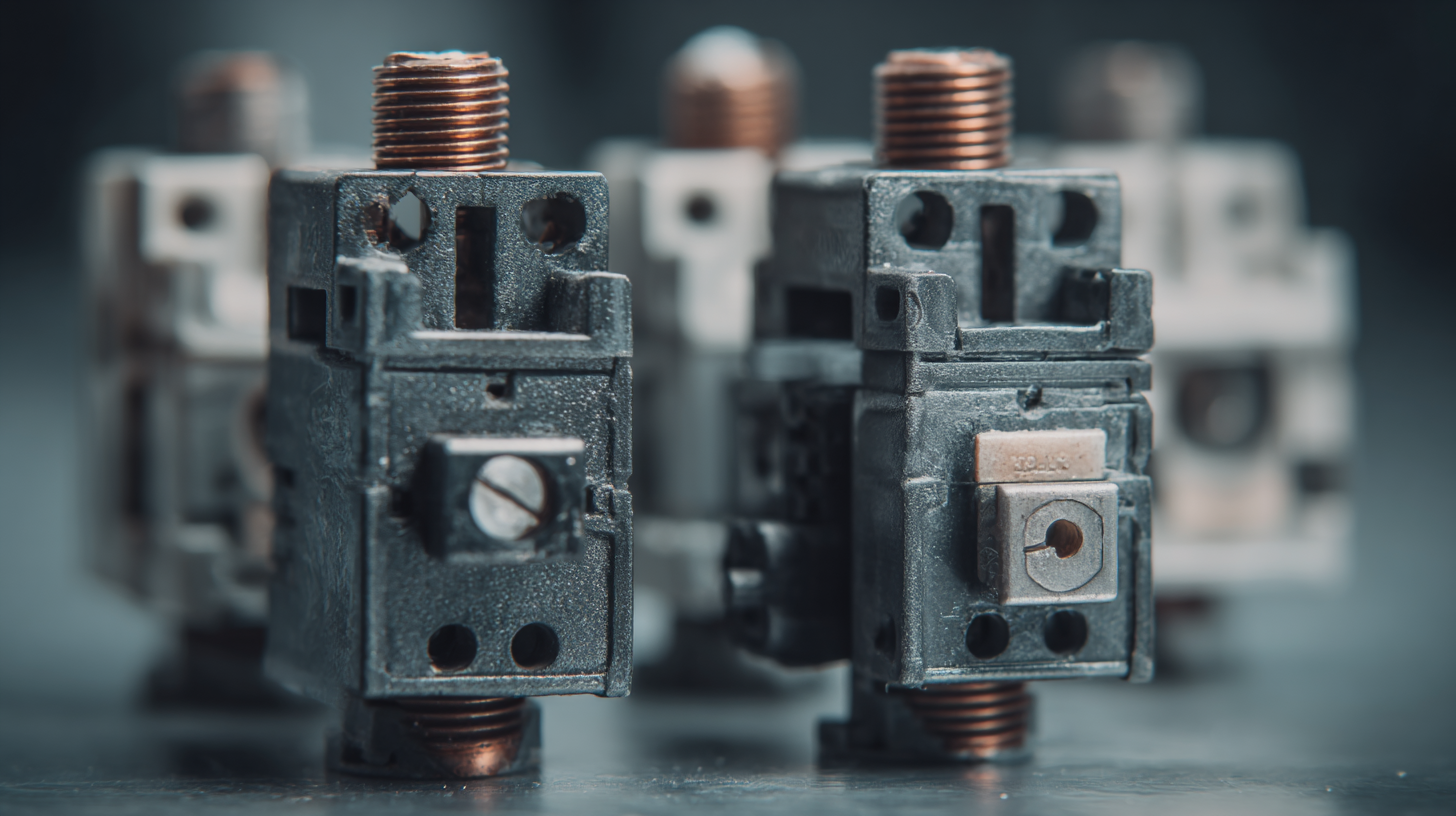
Common Signs of Electrical Breaker Issues and When to Seek Professional Help
When it comes to maintaining your electrical breakers, recognizing the common signs of issues is paramount. Indicators such as frequent tripping, buzzing noises, or a burning smell from the breaker panel can signify underlying problems. According to the Electrical Safety Foundation International (ESFI), over 50,000 home electrical fires occur annually in the U.S., often attributed to faulty wiring or equipment. Staying vigilant and aware of these symptoms can help prevent dangerous situations.
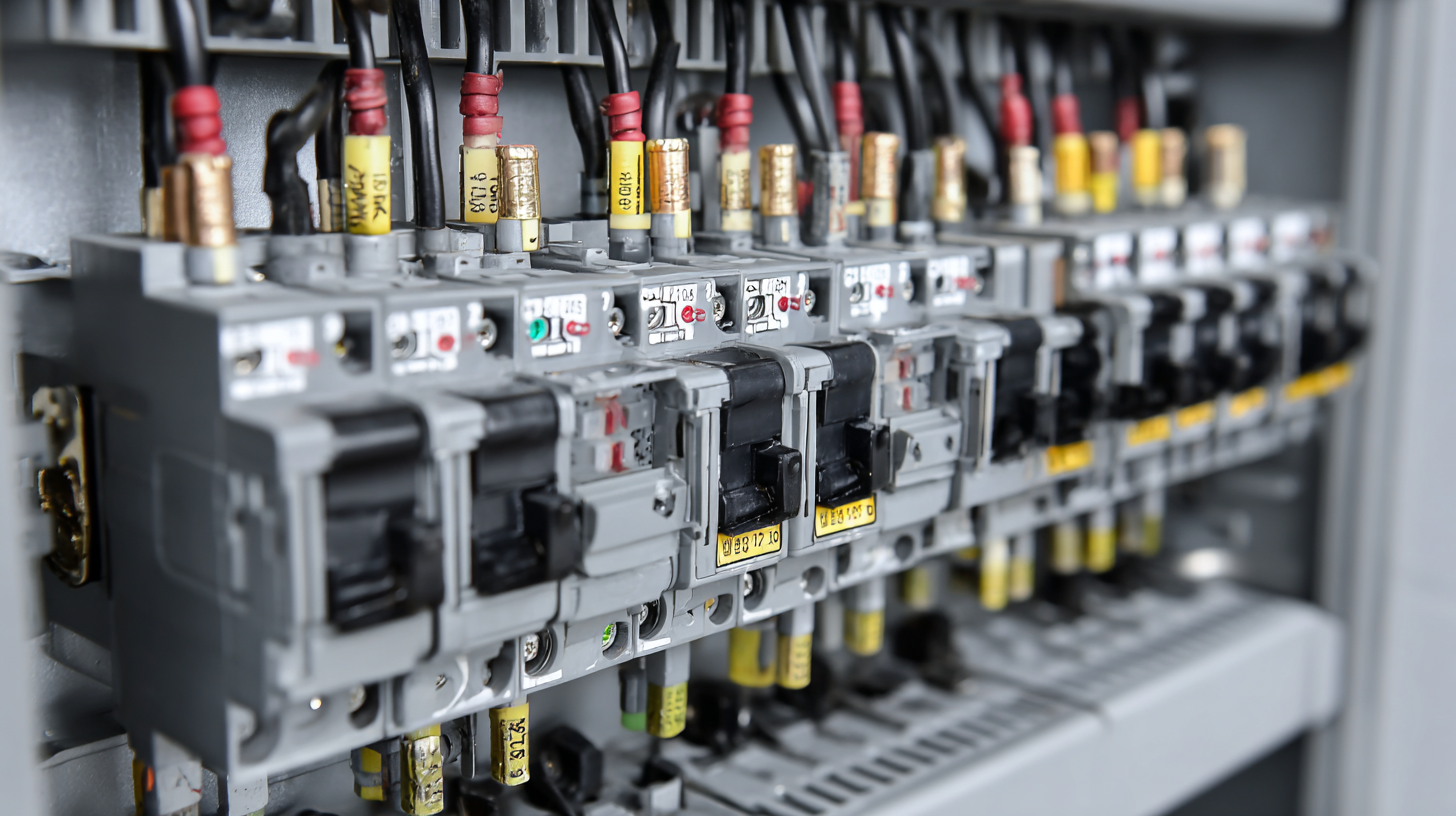
Moreover, knowing when to seek professional help can save you from costly repairs down the line. If your electrical outlets are no longer functioning as they should, this might also indicate faults with your breakers or other connected wiring. An expert electrician suggests that if you experience flickering lights alongside outlet issues, it’s time to call in a professional. The National Fire Protection Association (NFPA) recommends having your electrical systems inspected if you notice any unusual signs, as early detection can protect your home’s safety and integrity. With these insights, you can ensure your home remains electrically safe and efficient.
Best Practices for Regular Maintenance of Electrical Breakers to Ensure Longevity
Maintaining electrical breakers is crucial for ensuring their longevity and safe operation. One of the best practices is to perform regular visual inspections. Check for any signs of wear, such as discoloration or corrosion, which could indicate underlying issues. Make sure that the breakers are securely mounted and that all connections are tight. This not only prevents operational problems but also helps reduce the risk of electrical fires due to loose wires.
Another essential maintenance practice is to keep the area around the breakers clean and free of dust or debris. Accumulated dust can create heat, causing breakers to trip unnecessarily or fail altogether. Additionally, consider conducting periodic testing of the breakers to ensure they respond correctly. Using a multimeter can help you identify any irregularities in voltage and current flow. By following these best practices, you can help extend the life of your electrical breakers and maintain a safe and efficient electrical system in your home or business.
9 Essential Tips for Maintaining Your Electrical Breakers
| Tip Number | Maintenance Tip | Frequency | Description |
|---|---|---|---|
| 1 | Visual Inspection | Monthly | Check for any signs of damage, corrosion, or wear on breakers. |
| 2 | Test Breakers | Quarterly | Use the test button to ensure breakers are functioning properly. |
| 3 | Check Connections | Annually | Inspect and tighten any loose connections in the breaker panel. |
| 4 | Clean Dust & Debris | Biannually | Remove dust from the breaker panel to prevent overheating. |
| 5 | Monitor Heat Levels | Monthly | Ensure breakers are not overheating during operation. |
| 6 | Replace Old Breakers | As Needed | Replace any breakers that frequently trip or are damaged. |
| 7 | Ensure Proper Load Distribution | Ongoing | Avoid overloading circuits to extend the lifespan of breakers. |
| 8 | Consult a Professional | Annually | Have a qualified electrician inspect the panel and breakers. |
| 9 | Stay Informed | Ongoing | Keep up with the latest in electrical safety standards. |
The Importance of Testing Circuit Breakers: Frequency and Methodology
Testing circuit breakers is a critical aspect of electrical maintenance that ensures the safety and reliability of your home’s electrical system. Regular testing helps identify potential issues before they escalate into more significant problems, such as electrical fires or system failures. Experts recommend testing your circuit breakers at least once every six months. This routine check can catch any malfunctioning breakers and provide peace of mind, knowing that your electrical system is operating effectively.
The methodology of testing circuit breakers is relatively straightforward. Begin by turning off the main power supply to prevent any electrical shock. Next, manually toggle each breaker off and on to ensure they operate smoothly. Additionally, using a multimeter can help you measure the voltage at the breaker to check for any discrepancies. It’s also wise to listen for any unusual sounds or signs of overheating, which can indicate underlying issues. By integrating these testing practices into your maintenance routine, you can enhance safety and extend the life of your electrical system.
9 Essential Tips for Maintaining Your Electrical Breakers
This bar chart represents the recommended frequency of testing electrical circuit breakers based on their usage in different environments. Regular testing is crucial to ensure safety and functionality.
Upgrading Your Electrical Breakers: When It’s Time and What to Consider
Upgrading your electrical breakers is a crucial step in ensuring the safety and efficiency of your home’s electrical system. Signs that it may be time for an upgrade include frequent tripping, the presence of outdated fuse systems, or noticeable heat around your breaker panel. Understanding the specific needs of your electrical system is essential before making a decision. Evaluate factors such as your home’s electrical load, the age of your current breakers, and any new appliances you plan to install, which may require more power.
When considering an upgrade, prioritize breakers that offer enhanced safety features, such as arc-fault circuit interrupters (AFCIs) and ground-fault circuit interrupters (GFCIs). These advanced breakers not only provide better protection against electrical hazards but also comply with current electrical codes. Additionally, ensure to consult with a licensed electrician to assess your setup and guide you in selecting the appropriate breakers that suit your home’s requirements. Their expertise will help you navigate the complexities of upgrading and ensure a safe, reliable electrical system.
Related Posts
-

Top Strategies for Enhancing Circuit Breaker Performance and Reliability in Industrial Applications
-
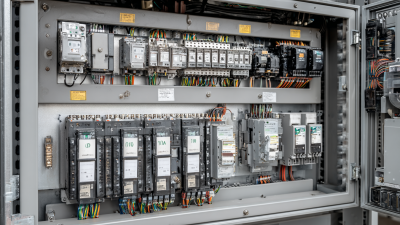
How to Choose the Right Electrical Switchgear for Your Industrial Needs
-
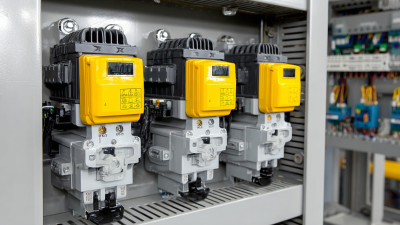
How to Effectively Select the Right Motor Starter for Your Industrial Needs
-

Essential Guide to Optimizing Industrial Motors with 3 Phase Soft Starters
-

Comprehensive Guide to Optimizing Your Motor and Control Solutions for Enhanced Efficiency
-

5 Essential Benefits of Upgrading Your Electrical Switchgear for Global Industry Leaders
